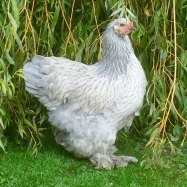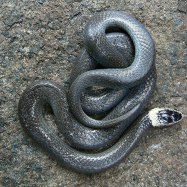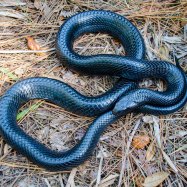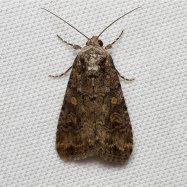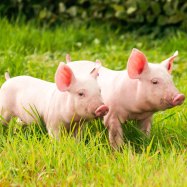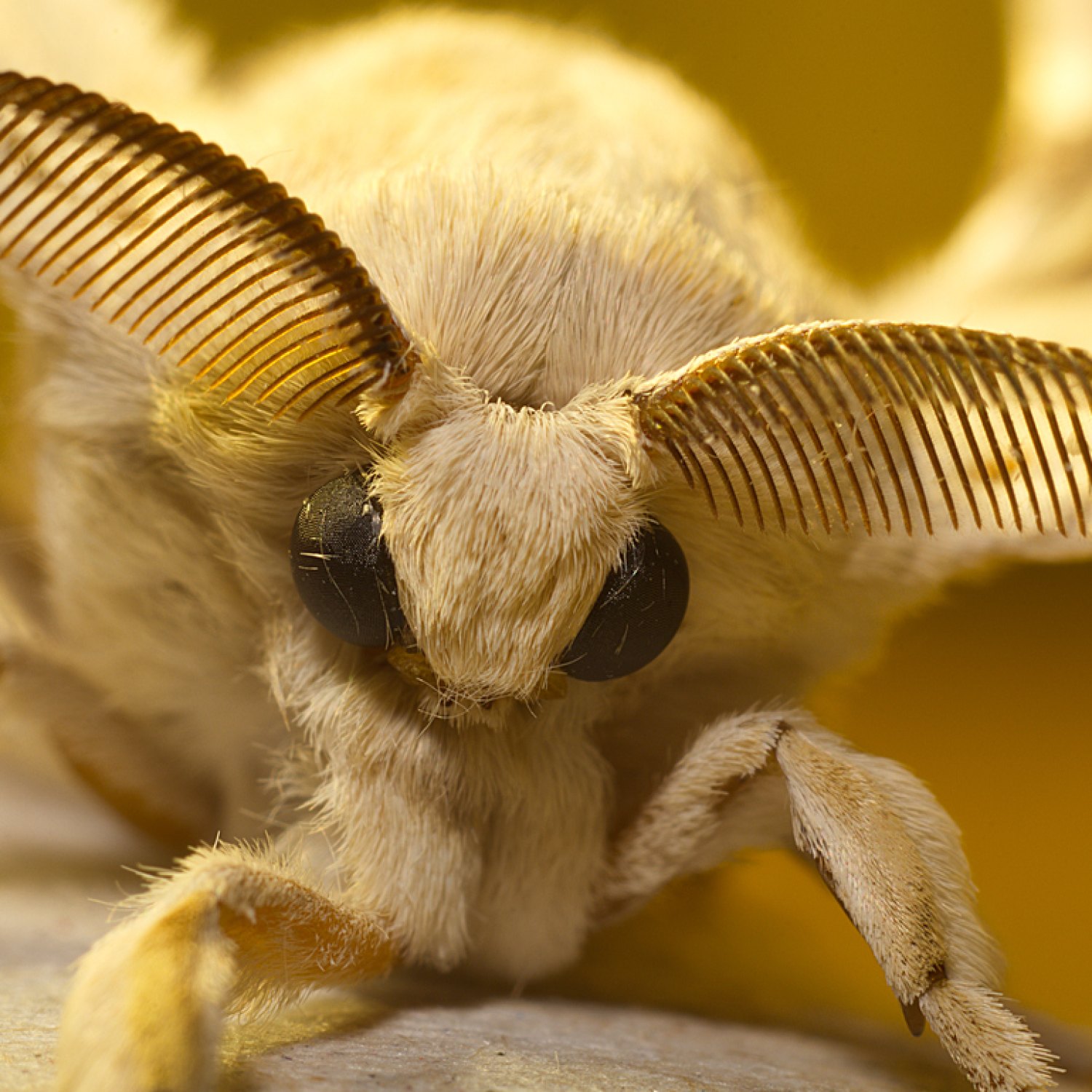
Clothes Moth
6-8 mm
The Clothes Moth, found in various countries and regions, is a small and slender insect with a wingspan of about 1.6 cm. Belonging to the Tineidae family, they measure 6-8 mm in length. These pests are notorious for damaging clothing and must be controlled by regularly cleaning closets and using mothballs. Keep your wardrobe safe from these tiny invaders! #ClothesMoth #PestControl #FashionSaver
Animal Details Summary:
Common Name: Clothes Moth
Kingdom: Animalia
Habitat: Indoor environments such as homes, museums, and storage areas
Clothes Moth: The Tiny Creature That Can Cause Big Problems
You may not have heard much about the clothes moth, Tineola bisselliella, also known as the common clothes moth or webbing clothes moth. This unassuming insect may seem unremarkable at first glance, but it has the potential to cause significant damage, especially to your favorite wool sweater or silk scarf.The clothes moth belongs to the animal kingdom, specifically the phylum Arthropoda, which includes insects, spiders, and crustaceans. Within the insect class, the clothes moth belongs to the order Lepidoptera, which also includes butterflies, and the family Tineidae, which is characterized by small, narrow-winged species Clothes Moth.
These tiny creatures are known for their destructive feeding habits and can be found in various indoor environments, such as homes, museums, and storage areas. They have a worldwide geographical distribution, and their country of origin is still unknown. However, they have been known to cause problems for centuries.
Destructive Feeding Habits
The clothes moth's feeding method is what sets it apart from other insects. While most insects feed on plants or blood, clothes moths feed on natural fibers such as wool, fur, silk, feathers, and even pet hair. They are especially fond of clothing items made from these materials, hence their name.The larvae, also known as caterpillars, are the ones responsible for the damage. They prefer to feed on fabrics that contain keratin, a protein found in hair and animal fur. This means that they are not attracted to synthetic fibers such as polyester or nylon Chestnut Sided Warbler. However, they may still cause damage to these fabrics if they are blended with natural fibers.
The larvae's feeding habits can cause damage to clothing items, carpets, upholstery, and even curtains. They create irregular holes in these materials, which can be expensive to repair or replace. In severe cases, they can also damage antique items, such as wool rugs or silk tapestries.
Habitat and Distribution
As mentioned earlier, the clothes moth is found in various indoor environments such as homes, museums, and storage areas. They prefer dark, humid spaces and are particularly attracted to fabrics that have been soiled with food stains, sweat, or urine. This is because these substances contain nutrients that the larvae need to grow and develop.The clothes moth is not a picky insect when it comes to its habitat. They can be found in homes across different countries and regions, making them a global problem. This is because they are easily transported through infested clothing, furniture, or other items. They can also enter homes through cracks and crevices or be carried in by pets.
Identification and Appearance
The clothes moth is a small insect, with a wingspan of approximately 1.6 cm. Its body is slender and elongated, with a length of 6-8 mm. The adult moth's coloration is mostly beige or buff, making it difficult to spot against light-colored fabrics. They also have a distinct set of wings that fold over their bodies when at rest.Spotting a clothes moth infestation can be challenging, as they are small and tend to hide in dark, secluded areas. However, there are some signs you can look out for, such as small holes in fabrics, silken tunnels or cases, and adult moths flying around in the room.
If you suspect a clothes moth infestation, it is essential to act quickly to prevent further damage. These pests can reproduce quickly, with the female moth laying up to 50 eggs at a time. The eggs hatch into larvae, which can then develop into adult moths within a few months.
Prevention and Control
The best way to avoid a clothes moth infestation is to prevent it from occurring in the first place. This means taking proper care of your clothing and other fabric items. Regularly vacuuming carpets, curtains, and upholstered furniture can help remove any eggs or larvae that may be present.It is also crucial to keep your clothing clean and free from food stains or other substances that may attract clothes moths. If you notice any holes or signs of infestation, it is best to isolate the affected item and have it professionally cleaned or treated.
In cases of a severe infestation, it may be necessary to call in a pest control professional, as they have access to stronger, more effective treatments. They can also identify any potential entry points or sources of the infestation and help prevent future occurrences.
The Importance of Natural Language Processing (NLP)
Natural Language Processing, or NLP, is a field of artificial intelligence that focuses on understanding and processing human language. It has various applications, one of which is detecting and preventing AI-generated content, also known as text spinning or article spinning.AI-generated content is a growing concern, as it is often used to manipulate search engine rankings and deceive readers. This is why NLP technology is crucial in detecting and filtering out this type of content, ensuring that readers are presented with high-quality, authentic information.
In Conclusion
The clothes moth may seem like a small, insignificant insect, but it has the potential to cause significant damage to your belongings. Its destructive feeding habits and ability to quickly reproduce make it a formidable pest to deal with.By understanding its habitat, feeding habits, and appearance, you can take the necessary steps to prevent and control a clothes moth infestation. Regular cleaning and vigilant monitoring can go a long way in keeping these pests at bay.
It is also essential to stay informed and educated about the latest techniques and technologies, such as NLP, that can help protect against AI-generated content. By working together, we can stay one step ahead of these tiny, yet troublesome creatures, and ensure that our clothing and fabric items remain safe and moth-free.

Clothes Moth
Animal Details Clothes Moth - Scientific Name: Tineola bisselliella
- Category: Animals C
- Scientific Name: Tineola bisselliella
- Common Name: Clothes Moth
- Kingdom: Animalia
- Phylum: Arthropoda
- Class: Insecta
- Order: Lepidoptera
- Family: Tineidae
- Habitat: Indoor environments such as homes, museums, and storage areas
- Feeding Method: Larvae feed on natural fibers like wool, fur, silk, feathers, and even pet hair
- Geographical Distribution: Worldwide
- Country of Origin: Unknown
- Location: Found in various countries and regions
- Animal Coloration: Mostly beige or buff colored
- Body Shape: Small, slender, and elongated with a wingspan of about 1.6 cm
- Length: 6-8 mm
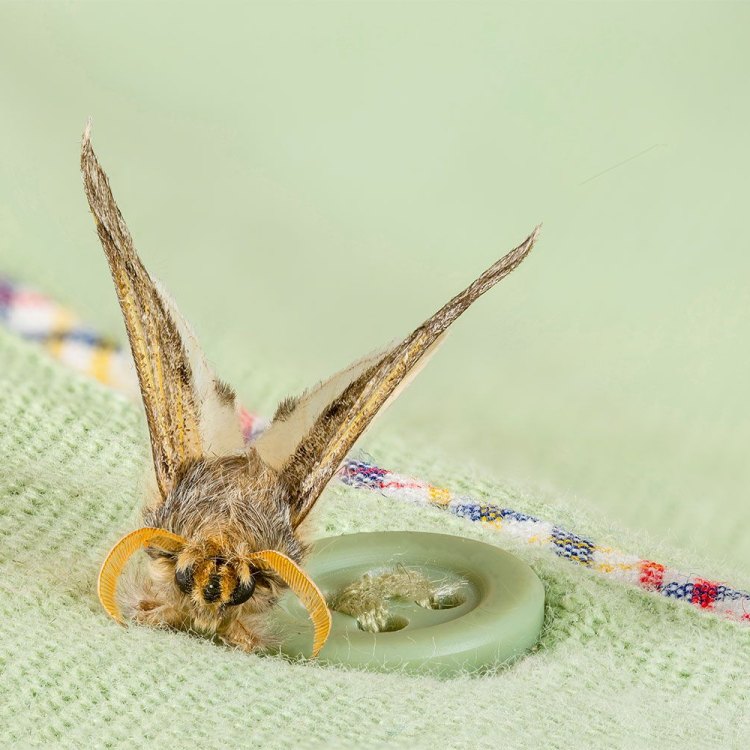
Clothes Moth
- Adult Size: Small
- Average Lifespan: 2-3 weeks
- Reproduction: Sexual
- Reproductive Behavior: Females lay eggs in dark and undisturbed areas
- Sound or Call: No known sounds or calls
- Migration Pattern: Non-migratory
- Social Groups: Solitary
- Behavior: Nocturnal and attracted to light
- Threats: Destructive to clothing, carpets, upholstered furniture, and other items made of natural fibers
- Conservation Status: Not evaluated
- Impact on Ecosystem: No significant impact on ecosystems
- Human Use: Considered a pest due to damage caused to materials
- Distinctive Features: Long, narrow wings and fringed hindwings
- Interesting Facts: They prefer dark, undisturbed areas for laying eggs
- Predator: Predators include spiders, wasps, and other insects
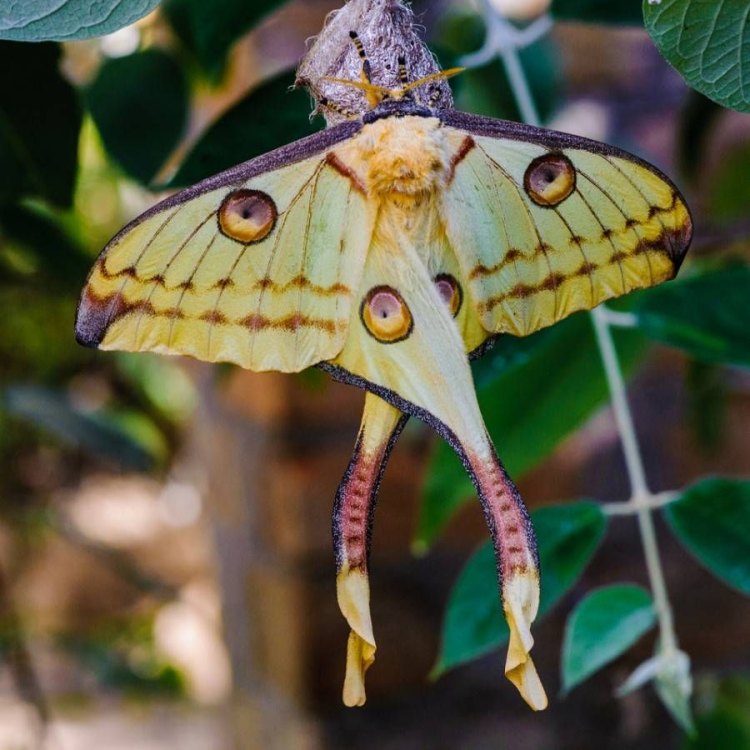
Tineola bisselliella
The Intriguing World of Clothes Moths: Discovering the Secrets of These Petite Pests
In the vast kingdom of insects, there are some that are admired for their beauty and others that are simply despised for their destructive tendencies. Among the latter lies the clothes moth, a small yet notorious insect that has caused frustration and annoyance to many homeowners and textile enthusiasts. However, beyond their perceived infamy, these tiny creatures have a fascinating life cycle and unique features that are worth exploring. So, let's dive into the intriguing world of clothes moths and discover the secrets of these petite pests PeaceOfAnimals.Com.It's hard to imagine such a small insect causing so much chaos, but the clothes moth, scientifically known as Tineola bisselliella, has a history of damaging clothing, carpets, upholstered furniture, and other items made of natural fibers. These insects are commonly found in households, warehouses, and museums, making them a nuisance and a threat to valuable items. But before we delve into their destructive habits, let's get to know our tiny subject a little better.
A Closer Look at Clothes Moths
Clothes moths, as the name suggests, are moths that primarily feed on fabrics and textiles. There are two common types of clothes moths - the webbing clothes moth and the casemaking clothes moth. Both species have a similar appearance and behavior, but the casemaking clothes moth is more prevalent in North America.Compared to other moths, clothes moths are relatively small in size, with an average wingspan of 8-10 millimeters. They have a distinctive appearance, with long and narrow wings, and their hindwings are fringed with long hairs, giving them a fuzzy appearance. The adults have a golden color with a tuft of reddish-golden hair on their heads Camel Cricket. They also have a characteristic "hunchbacked" posture when at rest.
A Short but Busy Life
The lifespan of an adult clothes moth is quite short, typically lasting only 2-3 weeks. However, during this short period, they are busy reproducing and laying eggs. Clothes moths are sexual reproducers, and the mating process is quite unique. The male moths use their sense of smell to locate females, who release pheromones to attract them. Once they find a suitable mate, the male moth performs a courtship dance to impress the female before mating.After mating, the female clothes moth will lay around 40-50 eggs in dark and undisturbed areas, such as closets, drawers, or underneath furniture. They prefer laying their eggs on natural fibers like cashmere, wool, silk, and fur, as these provide the perfect environment for their larvae to thrive.
Interestingly, clothes moths are nocturnal insects and are most active during the night. They are also attracted to light, which is why you may find them fluttering around your porch lights. However, their nocturnal behavior also makes them quite elusive and challenging to spot during the day.
A Not-So-Social Butterfly
Clothes moths are solitary insects, meaning they do not form social groups or colonies. You will rarely see them together, as they prefer to live and feed in isolation. This behavior makes it difficult to control an infestation, as they can survive and reproduce without coming into contact with other moths.They are also non-migratory insects, meaning they do not have a seasonal movement pattern. Clothes moths tend to remain in the same location their entire life, as long as there is a food source available. This stationary behavior also adds to the challenge of eradicating them from your home.
A Silent Intruder
If you're worried about the possibility of hearing loud screeches or calls from these petite pests, don't be. Clothes moths are entirely silent, and there are no known sounds or calls associated with them. This is because they do not have vocal cords or any means of producing sounds.Their silent nature can make it even harder to detect an infestation, as they can go unnoticed until the damage is already done. It's essential to regularly inspect stored fabrics and textiles to catch any signs of larvae or moths early on.
The Thriller of the Dark
One interesting fact about clothes moths is their preference for dark, undisturbed areas for laying eggs. These insects are photophobic, meaning they are sensitive to light, and they prefer to lay their eggs in dark corners, drawers, and closets where they are less likely to be disturbed. This makes it imperative to keep your storage areas clean and well-lit to deter clothes moths from laying eggs.Since clothes moths are also drawn to tight spaces, it's important to regularly vacuum and dust your closets, drawers, and other storage areas to remove any potential food sources or eggs that may be present.
Predators and Prey
Like any other insect, clothes moths have their share of predators. They are not at the top of the food chain, and they fall prey to spiders, wasps, and other insects. However, these predators alone are not enough to keep their population in check, so it's crucial to take preventative measures to protect your belongings from these pesky intruders.The Damage Caused by Clothes Moths
While clothes moths have a short lifespan, they can cause significant damage, especially to natural fibers. The real culprits, however, are not the adult moths but their larvae. It's the larvae that feed on fabrics, fibers, and other materials, causing holes and weakening the integrity of the item. The larvae can also destroy carpets, upholstery, and even feathers, causing significant financial losses to homeowners, museums, and other institutions.To put it into perspective, a single webbing clothes moth can lay up to 50 eggs, and the larvae can feed and grow for up to two years. That's a lot of damage that can occur in just a short period.
Protecting Your Wardrobe and Home from Clothes Moths
With their destructive habits and elusive behavior, it's crucial to take preventative measures to protect your belongings from clothes moths. Here are some tips that can help keep these pests at bay:Store Clothes Properly
Since clothes moths prefer dark and undisturbed areas for laying eggs, it's essential to store your belongings in airtight containers. Plastic containers with tight-fitting lids are best as they prevent moths from entering and laying eggs.For items that cannot be stored in containers, like coats and sweaters, make sure to use garment bags made of tightly woven material. You can also add cedar chips or sachets of dried lavender to further deter moths from laying eggs.
Regular Cleaning and Vacuuming
As mentioned earlier, clothes moths are drawn to dark and tight spaces, so it's important to keep your storage areas clean and well-lit. Regularly vacuum and dust your closets, drawers, and carpets to get rid of any potential eggs or larvae. It's also advisable to wash or dry-clean stored items before storing them away for the season.Implement Pest Control
For severe infestations, it's best to seek professional pest control services. They have the expertise and tools to effectively eradicate clothes moths from your home. You can also use moth traps or pheromone traps to catch and monitor the presence of these pests.A Threat to Human Use and the Environment
Clothes moths may not pose a significant threat to the environment, but they can cause significant damage to human-made materials. This has led to their classification as pests, and they are considered a threat to human use. They can ruin expensive clothing, antique textiles, and even natural history specimens, causing financial losses and disappointment for their owners.Their destructive habits have also led to the use of harmful chemicals and pesticides to control their population, which can have a negative impact on the environment. It's important to consider natural and safe methods of pest control to prevent any harm to the ecosystem.
The Future of Clothes Moths
Despite their damaging behavior, clothes moths are not considered endangered or threatened. They are a resilient species that can adapt to a wide range of environments and continue to thrive. However, as humans, we can take steps to control their population and protect our belongings from their destructive tendencies.Clothes moths may have a notorious reputation, but they have a fascinating life cycle and distinctive features that make them worth studying. They may be small, but they have a big impact on our daily lives, prompting us to be more careful and vigilant in protecting our belongings from these tiny yet destructive creatures.
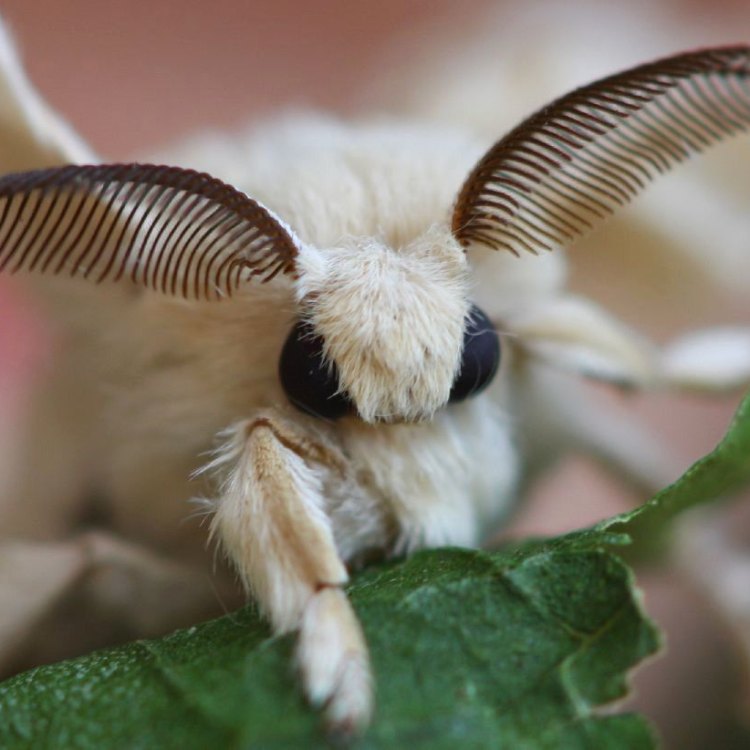
Clothes Moth: The Tiny Creature That Can Cause Big Problems
Disclaimer: The content provided is for informational purposes only. We cannot guarantee the accuracy of the information on this page 100%. All information provided here may change without prior notice.

